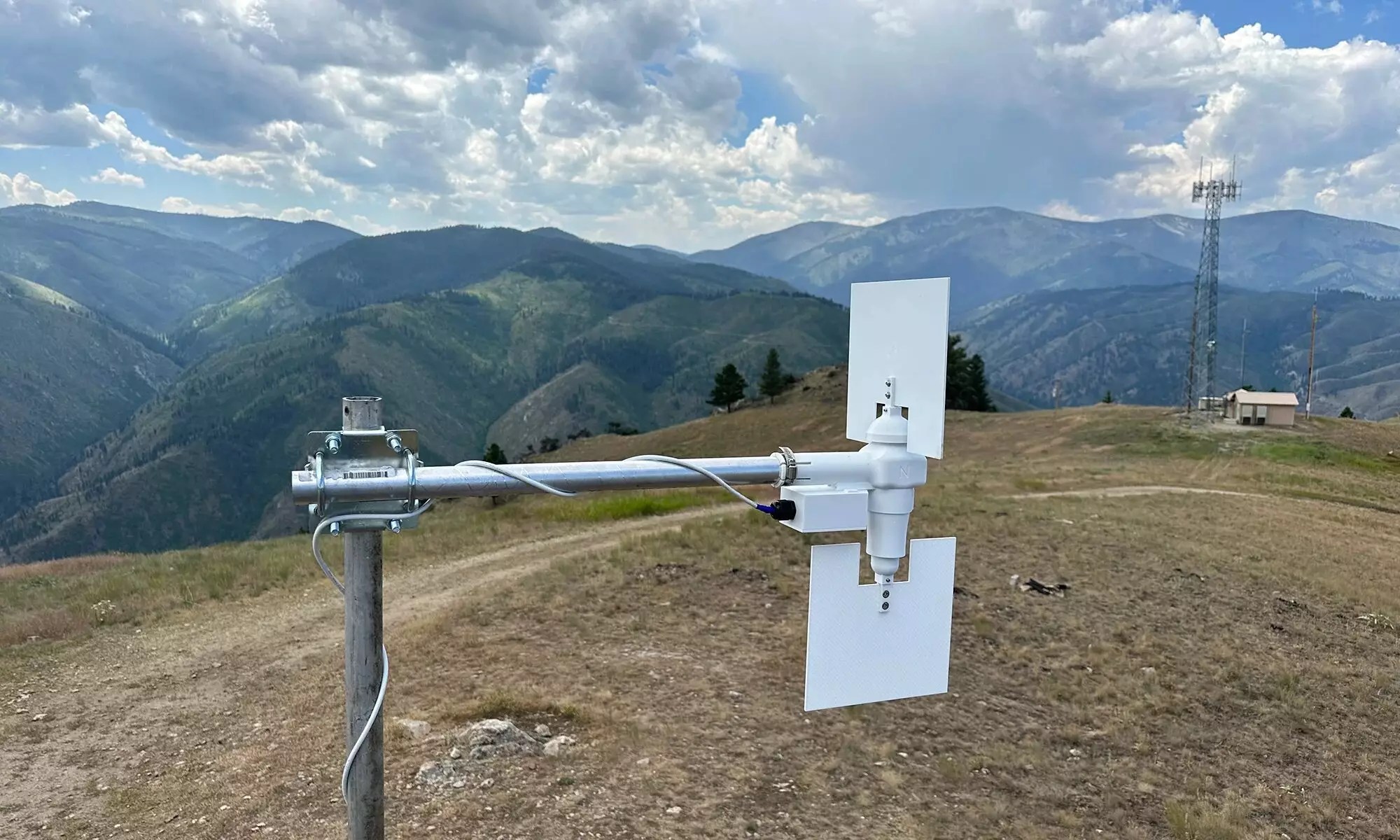Wildfires in California have long been a devastating problem, causing extensive damage and loss of life. Traditionally, firefighters have relied on reactive methods, responding to fires after they have already spread and become difficult to contain. However, Professor Zhaodan Kong from the University of California, Davis, believes that a proactive approach, using an integrated system of technologies to detect fires before they reach a critical point, could be a game-changer in wildfire management.
The detection process begins on the ground with the deployment of internet-connected sensors in strategic locations. Developed by Professor Anthony Wexler, these sensors measure temperature, humidity, and wind speed to identify areas at higher risk of wildfire events. Factors such as high temperature, low humidity, and strong winds contribute to elevated wildfire risk. By analyzing these variables, the ground sensors provide valuable data to assess the likelihood of a fire occurrence.
Once the ground sensors detect a triple threat of dry soil, high temperature, and strong winds, unmanned aerial vehicles (UAVs) are deployed for further investigation. Equipped with cameras and chemical sensors, these UAVs are capable of sweeping the area and collecting data on indicators of a fire, such as increased particulate matter and carbon dioxide levels in the air. By utilizing chemical sensors, which can detect subtle changes not visible to the human eye, these UAVs provide an additional layer of sensitivity in fire detection.
One of the challenges faced in using UAVs for fire detection is their limited flight duration, typically around 30 minutes. To overcome this limitation, Professor Kong’s lab is developing a hybrid aircraft that combines the vertical take-off and landing capabilities of a rotorcraft with the endurance of a fixed-wing aircraft. This hybrid solution would allow UAVs to stay airborne for extended periods, increasing their effectiveness in monitoring and detecting wildfires.
While cameras, satellites, and manned aircraft are currently used for fire tracking, the existing system has significant gaps. The network of 1,000 cameras set up throughout the state can only detect fires within their limited field of view. Additionally, fire-sensing algorithms from NASA’s satellites struggle to pinpoint the exact location and size of a fire from a distance of 500 miles above the Earth. By integrating UAVs into the detection system, these gaps can be filled, providing more accurate and timely information to firefighting authorities.
In addition to improving the effectiveness of fire detection, UAVs offer significant benefits in terms of firefighter safety and public health. By using UAVs for reconnaissance missions, firefighters can avoid putting themselves in immediate danger. If a UAV is damaged or destroyed in a firefighting operation, it is merely a piece of technology and not a human life at risk. Furthermore, the early detection of fires using UAVs can help mitigate the adverse health effects of wildfire smoke on firefighters and communities. Wildfire smoke contains harmful chemicals and particulate matter that have been linked to respiratory problems, cardiovascular issues, and other health complications.
Wildfires have far-reaching consequences beyond immediate damage and health risks. They contribute to climate change through the release of greenhouse gas emissions and air pollution. As environmental conditions become increasingly favorable for wildfires, with hotter temperatures, lower humidity, and increased drought, the cycle of wildfire occurrence and climate change intensifies. By developing a network of early detection, the collaborative effort of satellites, watchtowers, UAVs, manned aircraft, and ground sensors, authorities can be alerted to fires earlier, enabling them to initiate containment measures promptly. While wildfires cannot be completely prevented, this integrated system can help reduce the damage and deaths caused by them.
The groundbreaking ideas proposed by Professors Kong, Wexler, and their colleagues have gained recognition and support. They have submitted their plans for early wildfire detection to the National Science Foundation and California Climate Investments. The proposed system relies on a network of ground sensors to predict high-risk areas, UAVs for patrolling and fire detection, and coordinated response from authorities. By securing funding and support, these researchers hope to demonstrate the effectiveness of this integrated approach to wildfire management.
The current reactive approach to wildfire management in California is often too late to prevent significant damage. However, by integrating technology, artificial intelligence, and autonomous systems, a new proactive approach can revolutionize wildfire detection and mitigation. Through ground sensors and UAVs, firefighters can receive early warnings, reducing their exposure to danger and allowing for quicker containment measures. Furthermore, the health impacts of wildfires can be minimized, and the cycle of climate change and increasing fire frequency can be slowed. With the potential for substantial improvements in public safety and environmental resilience, this integrated system of early wildfire detection represents a significant step forward in protecting California’s communities and natural landscapes.


Leave a Reply